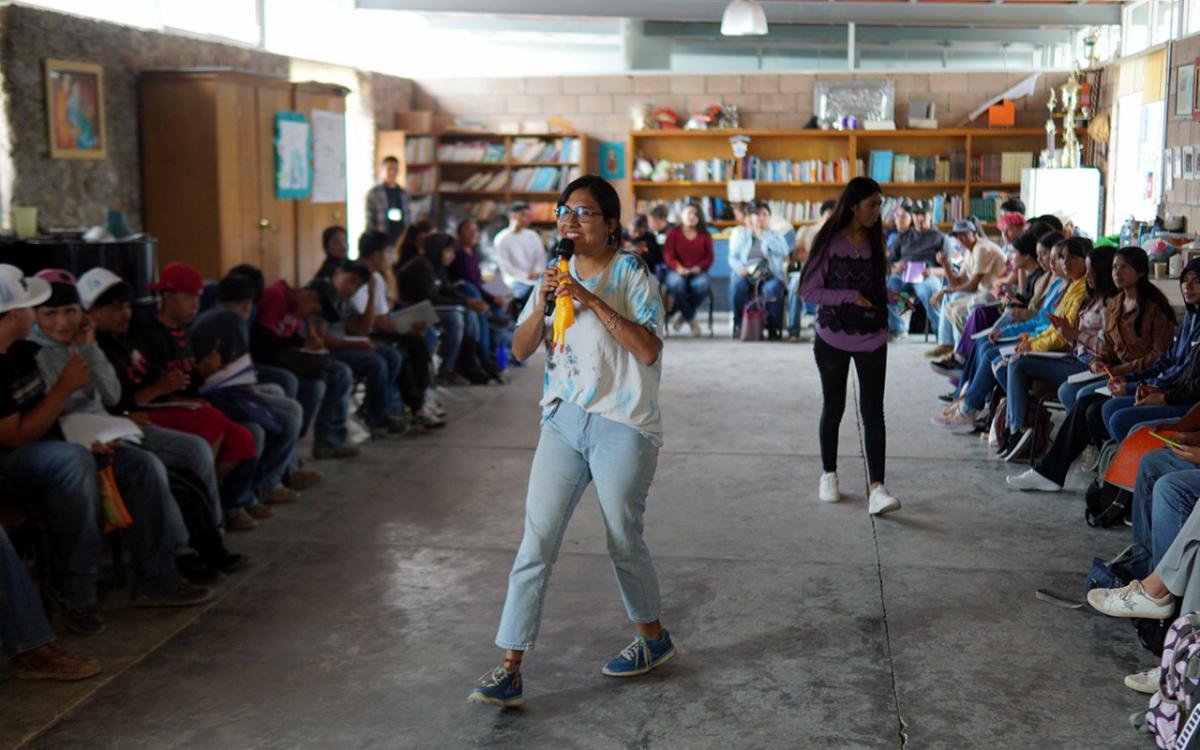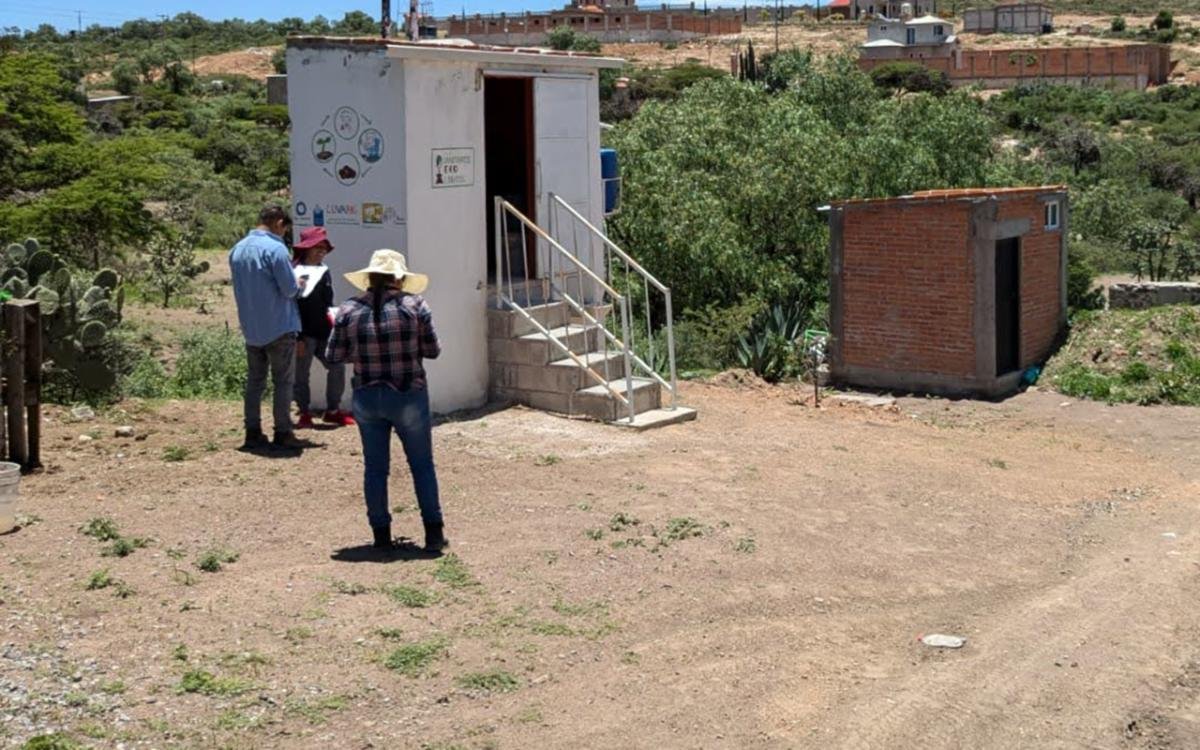To view the news in your preferred language, please select one of the buttons below.

The Water School
Caminos, working alongside our grassroots and community collaborators as well as our long-time partner NGO, INANA, co-created the Water School—a two-year educational program designed to offer hands-on learning to a new generation of community organizers who will continue the vital work of Gudelia, Carmen, and our vast network of community partners.

In Some Communities, Flushing the Toilet is a Luxury
Unlike traditional toilets, which use significant amounts of water, properly built composting toilets are hygienic and completely dry, meaning they use no water at all. This innovation allows families in water-scarce regions to allocate their limited water resources to drinking, cooking, and bathing without sacrificing their sanitation needs.

Beyond Technology: What it Takes to Build a Solution
At Caminos, we’ve dedicated years to researching and developing a groundbreaking community-wide water treatment plant, which directly targets difficult-to-remove arsenic and fluoride, called the Groundwater Treatment System, or simply “GTS.” This pioneering technology is poised to dramatically improve the lives of thousands affected by arsenic and fluoride contamination in our watershed. Developed entirely in-house, part of the beauty of GTS is that it's designed to be owned and operated by the very communities it serves.

A Tale of Two Cities:The Irony of Water in San Miguel
San Miguel de Allende is known for its lush gardens, fountains, pools, and thermal water resorts — images that sharply contrast with the water reality faced by many residents living nearby in our semi-arid environment. Most of the families who live in Estancia de la Canal, a peri-urban community nestled in the foothills not far behind the La Lejona neighborhood in San Miguel, struggle with a severe lack of water. Despite being so close to urban San Miguel, the community is not connected to the municipal water supply. Years ago, a large “bordo” (water reservoir) was built in the community. But, without clear direction on who was responsible for this water resource, and little to no funds to support its operation and maintenance, the small reservoir fell into disrepair. Earlier this year, it was completely dry.

Capturing Rainwater at the Whole Community Scale

How Much Rain is Needed to Thrive?

What Can YOU Do About the Water Crisis?

It's More Than Just Water

Our New Response to Our Regional Water Crisis

A Look Back at 2023

Looking Ahead: What We’ll Achieve Together in 2024

Beyond Education, Building Regional Consciousness

Created in the Lab, Verified in the Field, Now Improving Lives

Celebrating Our Largest Project to Date

Our Impact on Public Health: How We’re Proving It

From being beneficiaries of water technologies to becoming passionate water advocates

Allie Alvarez: Bridging Technology and Community in the Water Sector

Cultivating Hope and Community: The CUVAPAS Story

Chip & Lucy Swab: A Tale of Dedication, Engagement, and Impact


